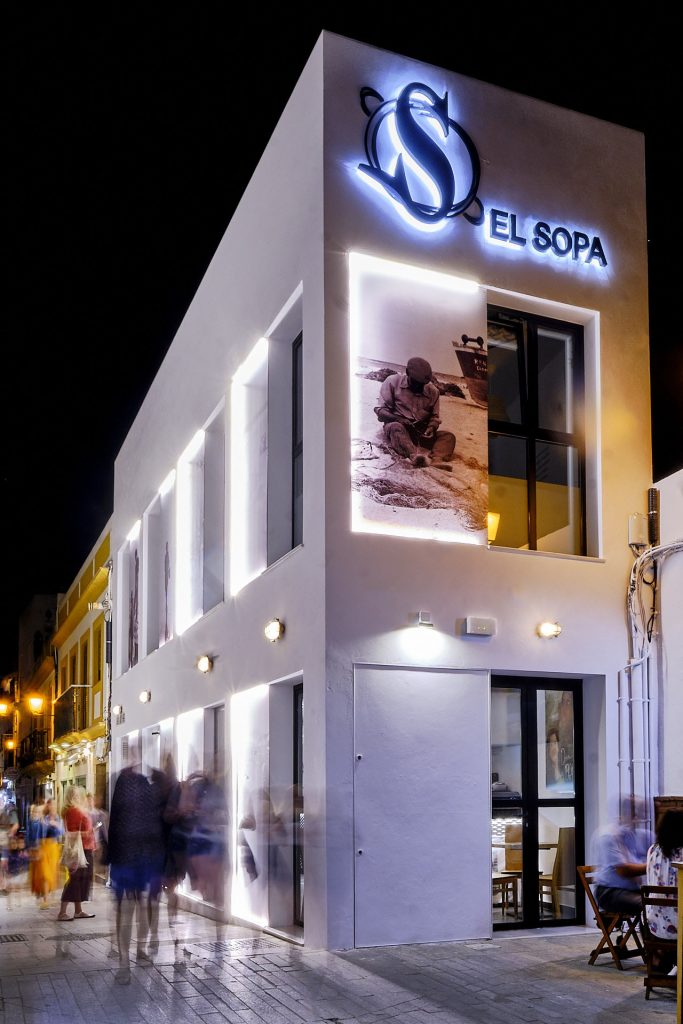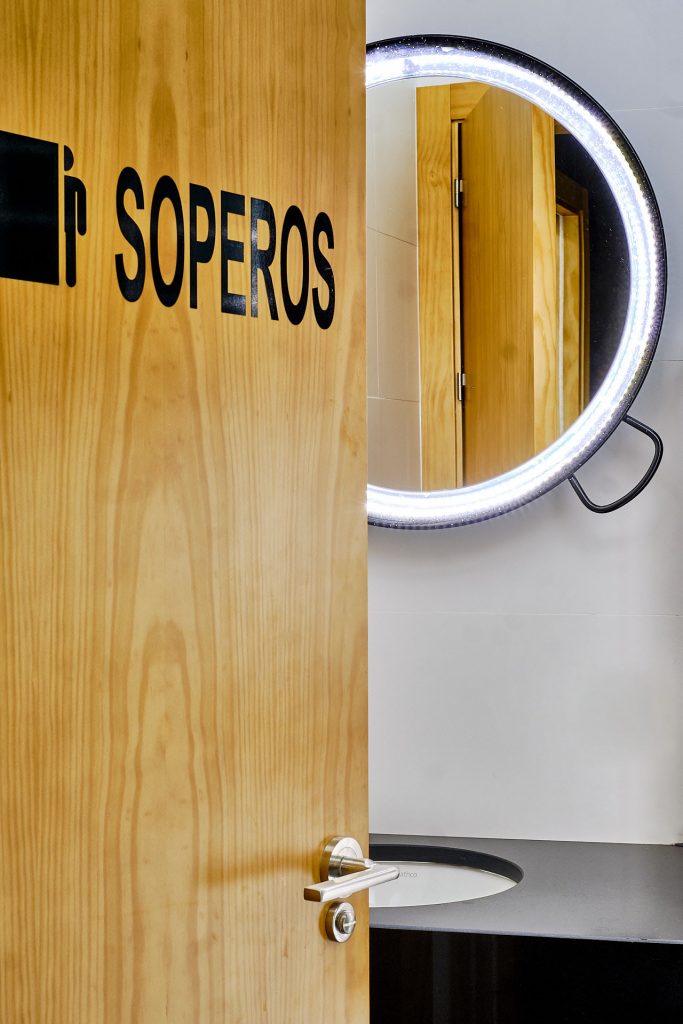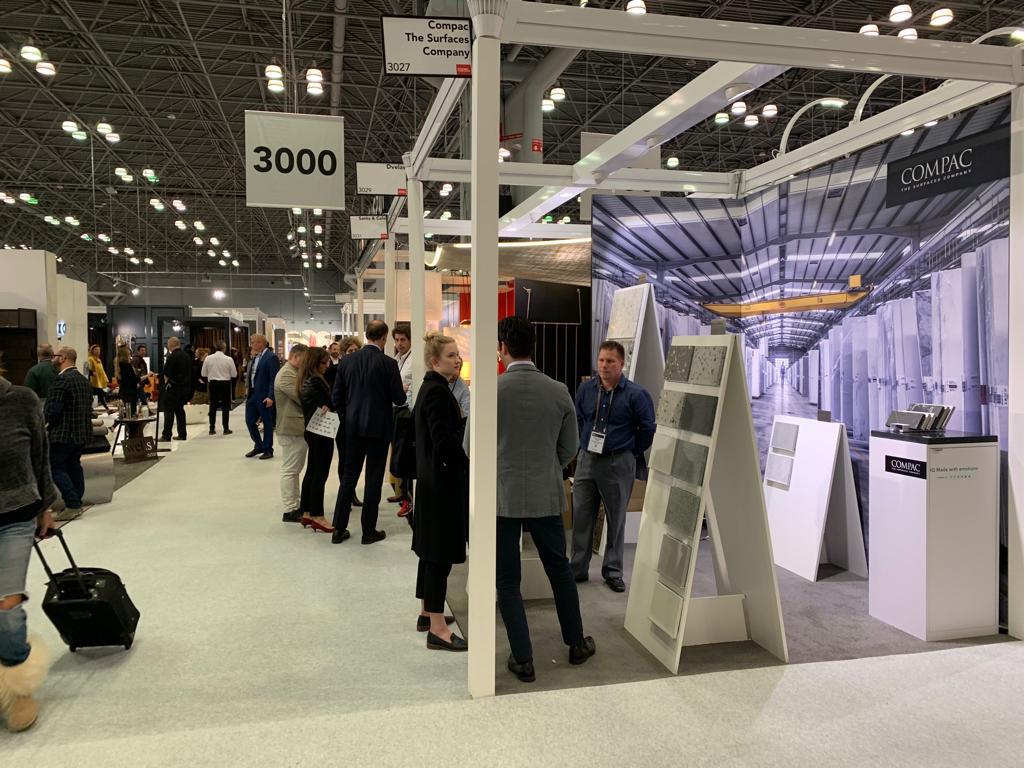Founded by Pepe Olmedo in 1964, the heart of El Sopa continues to beat under its new black quartz bar: locals in Conil de la Frontera can rest assured of this. The move towards modernity and innovation taken by the distinguished seafood restaurant respects the original and ongoing values held dear at 32 Cádiz Street.
El Sopa re-opened this summer after renovating its premises with a completely different look and layout, including a new basement for the bathrooms and a storage area. This new visual appeal is inspired by the surrounding area, its people, local products and the varied gastronomy offered by produce from the land and the ocean.
The architect Ismael Virués Mera is behind the design and describes the project in this way: ‘The kitchen is the heart of the business and had to be a calling card for visitors given its location facing the entrance. We had a clear idea where fresh produce and the fishing tradition at the restaurant were to serve as inspiration when creating a piece for the kitchen—an open space with a single wraparound next to the bar. In this vein, we sought out materials that appealed to visitors as a whole, adding an elegant touch to the restaurant’s new look.’

Compac black quartz is a highlight amongst the materials and, according to the architect, was selected to finish the bar and ground floor kitchen that on view to the public, as well as for the sink areas in the two bathrooms in the basement. ‘We found the current solution for the kitchen and bar with its expanded metal framed by Compac black quartz reminded us of fish scales seen through artisanal fishing nets’, underscores Ismael Virués.
In turn, the bathrooms also have their own sense of identity, a call-out to true El Sopa fans—bathrooms framed by the restaurant’s standout offering: its rice dishes. ‘The space needed to have its own character and feel, in line with what was designed for the restaurant. This is why it is marked out on the back wall and ceiling in shades of green ceramic tiles that hark to the ocean, and framed by a wraparound line in Compac black quartz that provides a sense of continuity to the sink area’, states the architect.
All the changes made at the restaurant are to modernise a space that has served traditional cuisine in the form of rice specialities, fresh produce and grilled dishes in a familiar coastal atmosphere for over fifty years.
The use of the word ‘traditional’ is not coincidental since the close-by location of Puerta Cai has a maritime history (serving as a meeting place for fishermen and locals) and is today a popular tourist spot. The fishing port did not exist in 1964 so boats would pull up to shore and when the time came to head out to fish, be hauled out to deeper water by strong, able-bodied fishermen. Upon their return, the fish would be unloaded on the seashore, nets be mended and work carried out on the vessels.

This inspiring history invites reflection on this indoor-outdoor relationship closely linked to fishing: the façade now serves as a canvas for exhibiting photographs from the 1970s in homage to the work of artisan fishing folk from the era.
So, how does Compac quartz fit into the maritime atmosphere? According to Ismael Virués, the material not only fits with fishing-inspired décor but also brought ideas and intentions to life. ‘Specifically here, we were looking for a resistant material for the bar and sink area that also offered unique visual features and impact. This is why we opted for this material over other alternatives—it offered a peerless result.’

